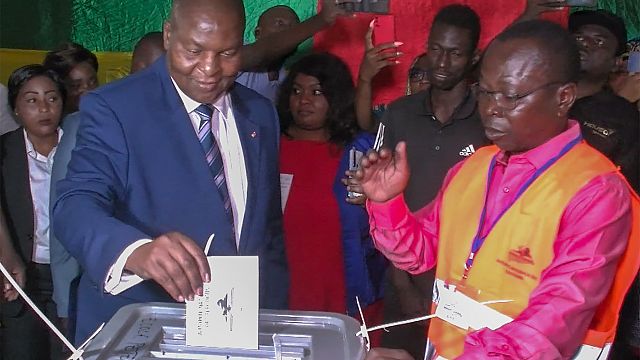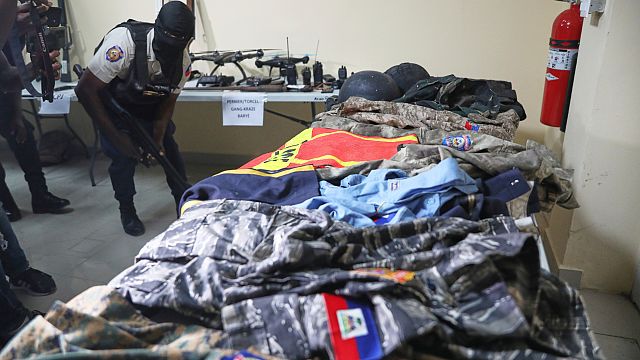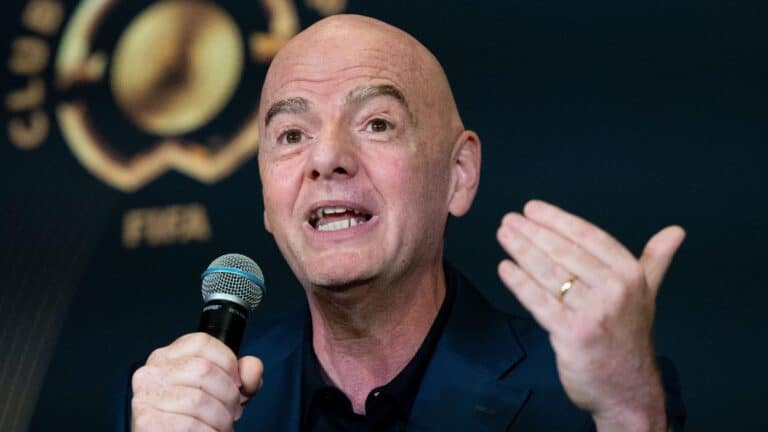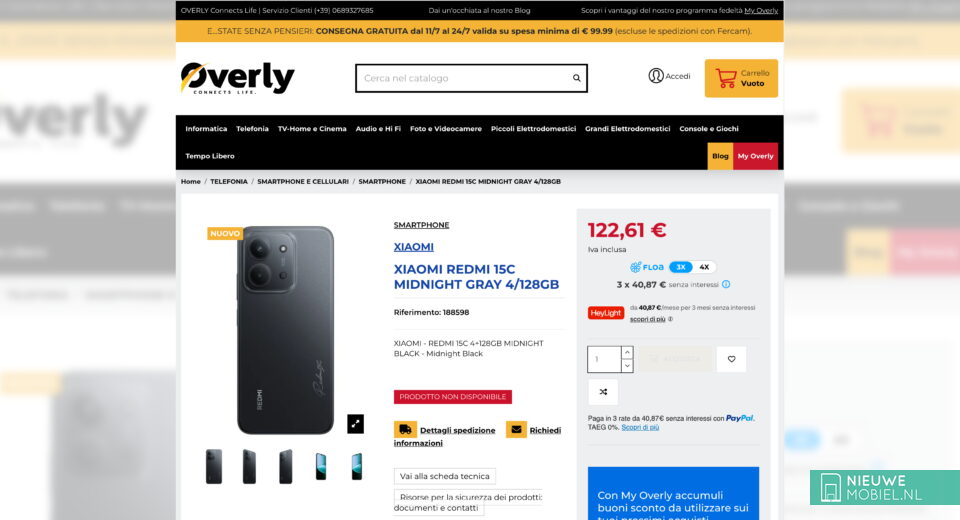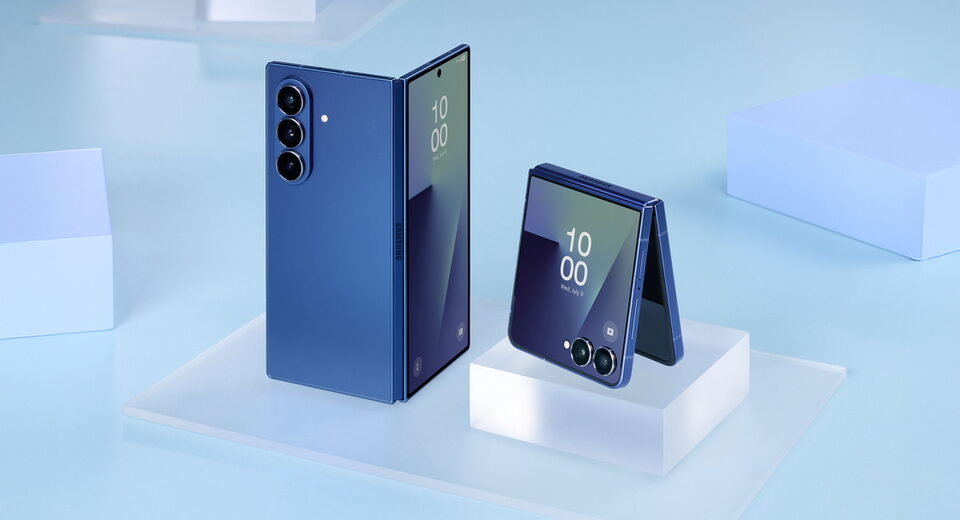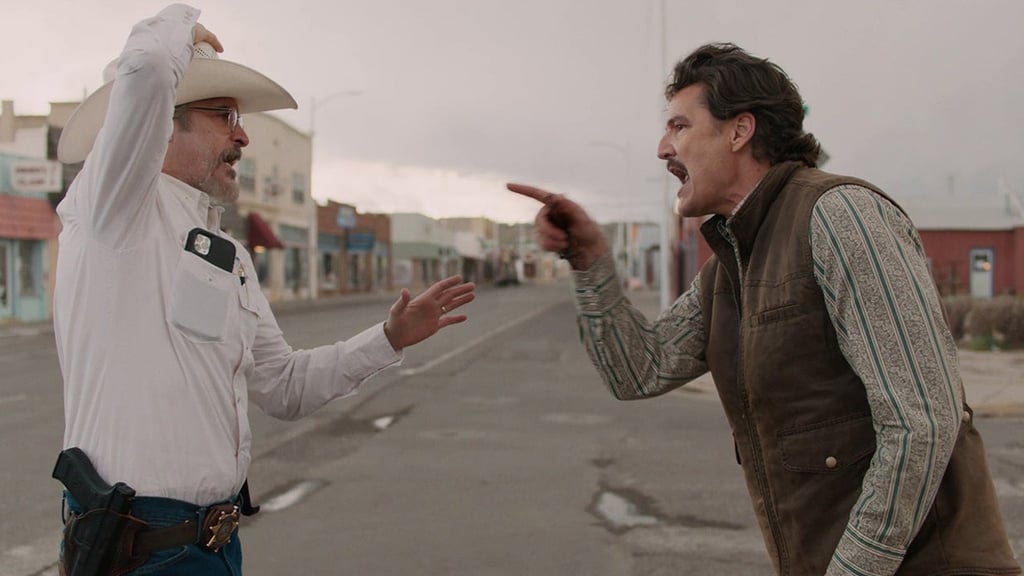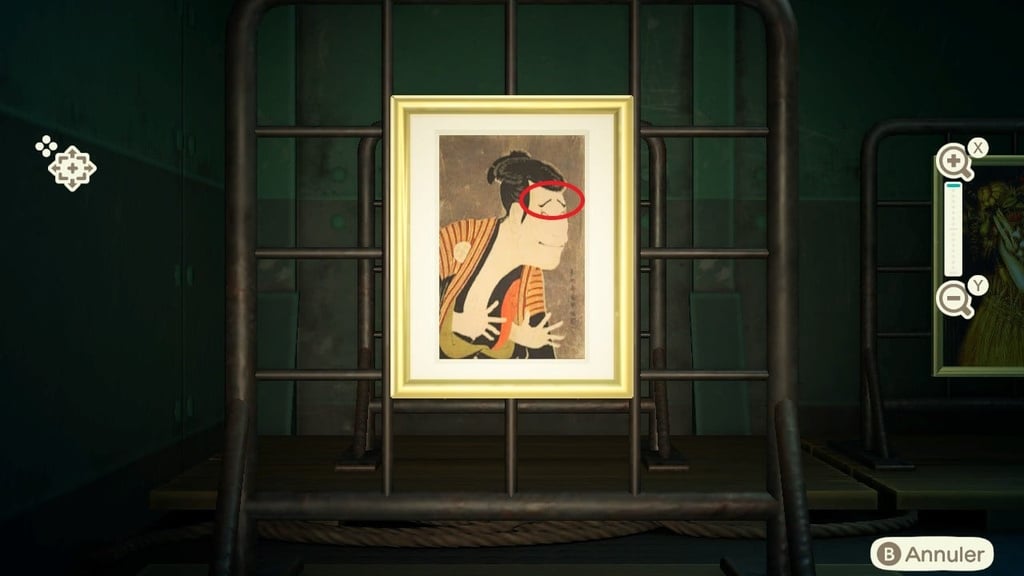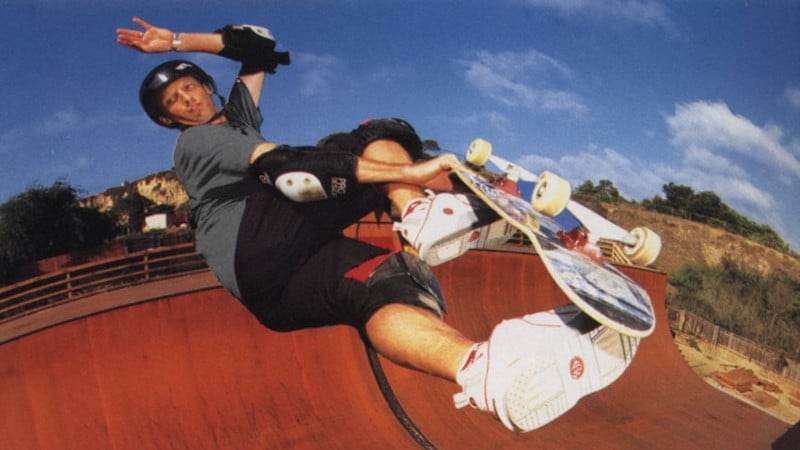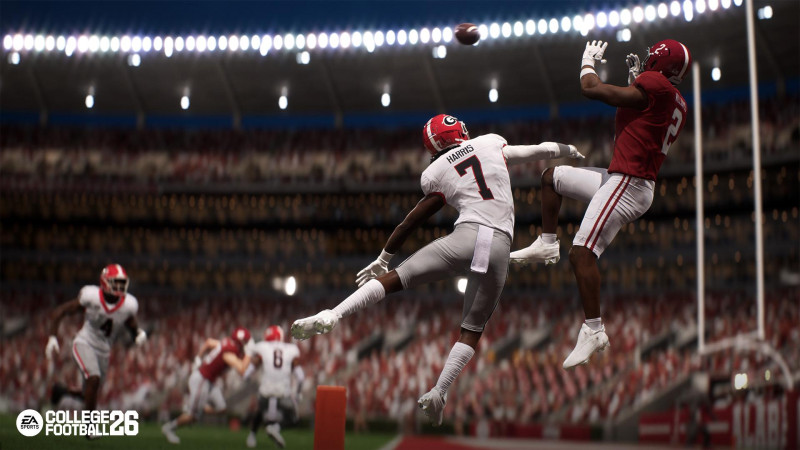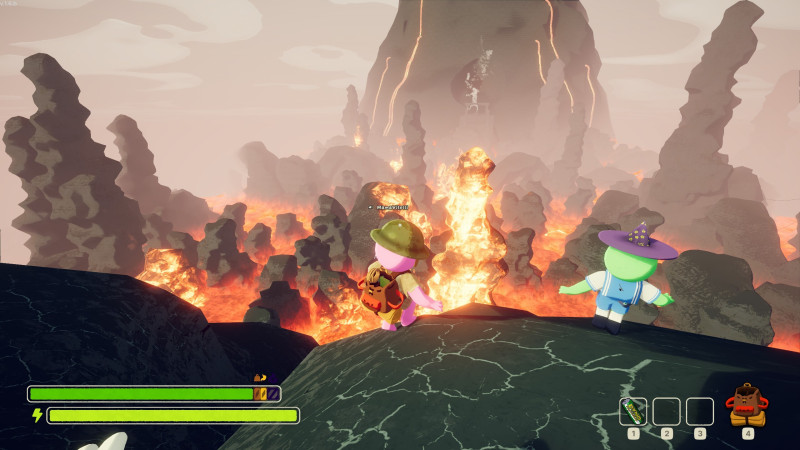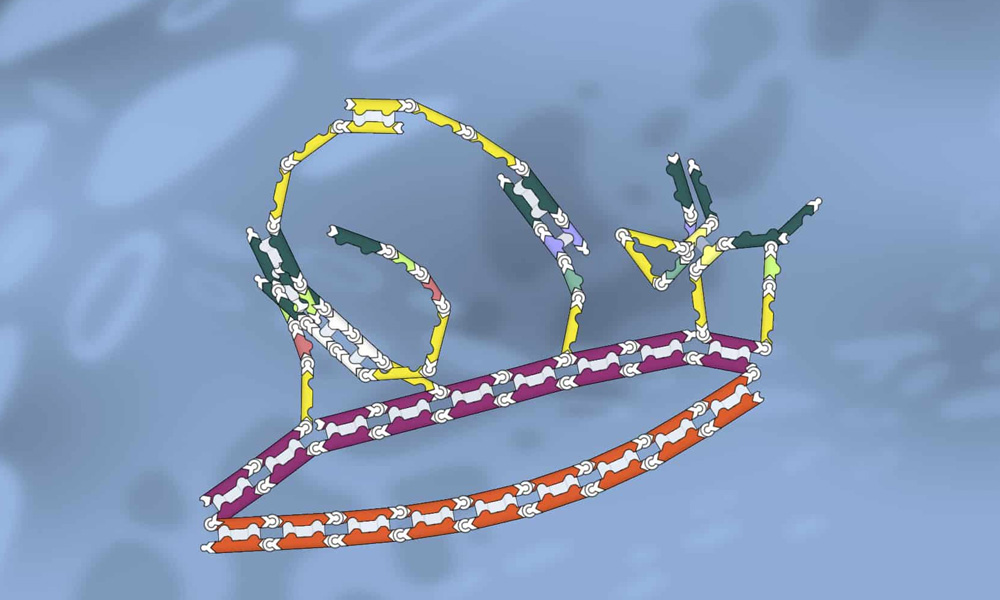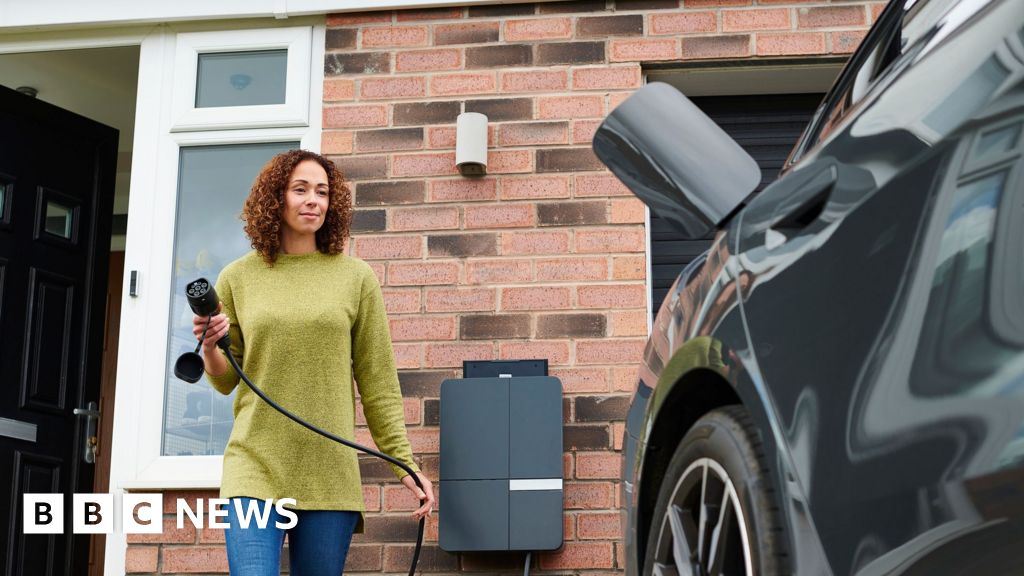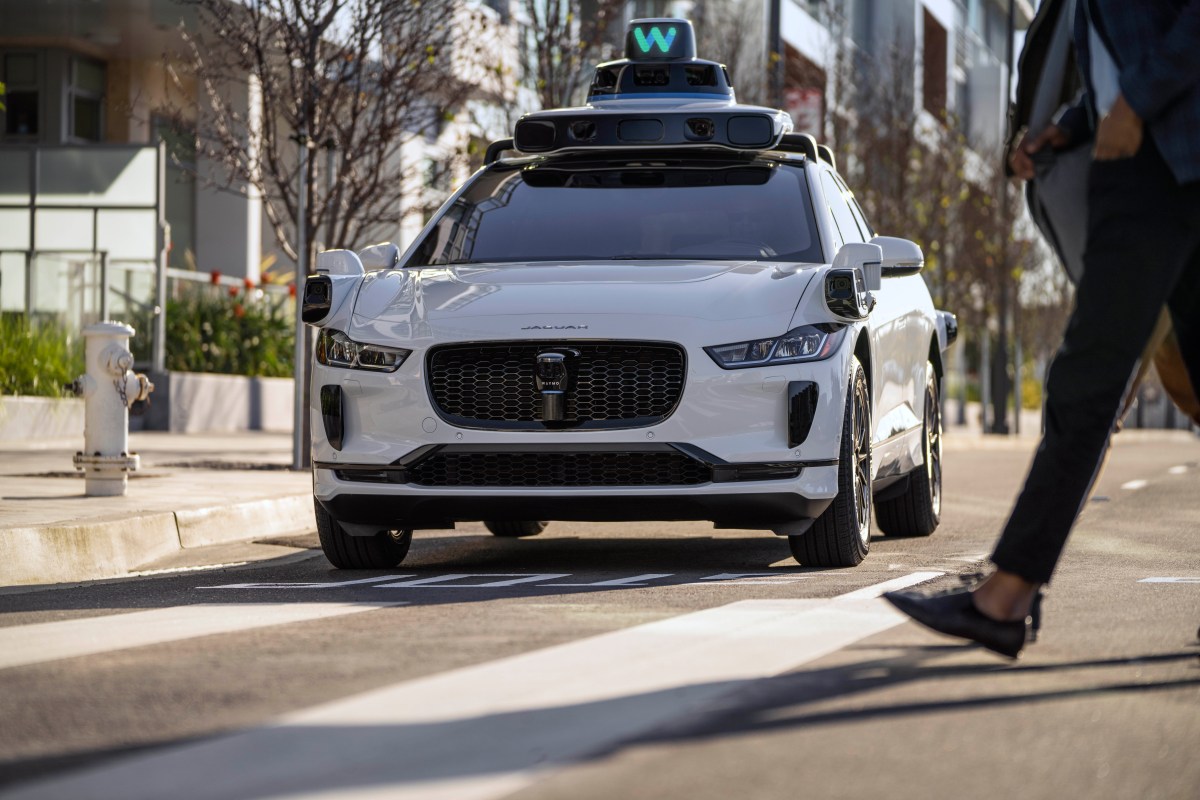Tariffs on Brazil Could Leave Coffee Drinkers With a Headache


Getting a daily caffeine fix could become more expensive.
President Trump’s plan to impose a 50 percent tariff on all imports from Brazil starting next month would drive up the price of coffee, whether it’s served in cafes or brewed in the kitchen.
Such a tariff would put more pressure on the coffee industry as prices have peaked globally this year. Droughts in Brazil and Vietnam, two of the biggest coffee exporters to the United States, have resulted in smaller harvests in recent seasons, driving up prices.
Consumers are already paying more at the grocery store. At the end of May, the average price of one pound of ground roast coffee in the U.S. was $7.93, up from $5.99 at the same time last year, according to the U.S. Bureau of Labor Statistics.
Mr. Trump’s pledge to place tariffs on Brazil’s imports is partly in retaliation for what he considers a “witch hunt” against his political ally, the former Brazilian president Jair Bolsonaro, who is facing trial for attempting a coup.
More than 99 percent of the coffee Americans consume is imported from South America, Africa and Asia. Last year, the United States imported 1.6 million metric tons of both unroasted and roasted coffee, according to the Agriculture Department.
Brazil accounted last year for more than 8.1 million bags, each with 60 kilograms of coffee, that came into the United States. Any sudden shift would be a “lose-lose situation,” said Guilherme Morya, a coffee analyst for Rabobank based in São Paulo.
Brazilian suppliers, he said, are holding tight and waiting to see if any negotiations will save them from needing to find buyers in other countries.
Should the new 50 percent tariffs take effect, “we’re going to see a reshape in the coffee flow in the world,” Mr. Morya said. “Especially Brazil to other regions.”
If wholesale costs — what restaurant chains or grocery stores pay — for coffee rise by 10 percent, that could increase the cost of a cup of coffee up by about 25 cents, said Ryan Cummings, the chief of staff for the Stanford Institute for Economic Policy Research.
It would take about three months after the tariff goes into effect for consumers to see higher prices at stores, he said.
Large coffee buyers, like Starbucks, source their coffee from all over the world, and often sign contracts months or years in advance for beans, somewhat insulating them from immediate price shocks. Still, some analysts said, there could be a scramble as some customers try to shift their supply chains to avoid the tariffs on coffee from Brazil.
“With Trump doing this Whac-a-Mole tariff strategy, it’s going to cause you, as a coffee manufacturer, a lot of uncertainty,” Mr. Cummings said.
But even changing suppliers comes with issues. Should manufacturers pivot more of their buying to Vietnam, another large coffee producer, they would be reliant on a smaller output.
And in addition to a possible disruption in quantity, the quality of the coffee coming into the United States could change. Much of the coffee produced in Brazil is Arabica, a higher quality than the more bitter robusta mostly produced in Vietnam and the rest of Asia.
Other suppliers would be unlikely to match Brazil’s robust output, including Vietnam, which has seen a recent decline in its coffee production. The country would not be able, in the short- or medium term, “to stem the flow,” said David Gantz, an economist at Rice University’s Baker Institute for Public Policy.
In Brazil, “some of the exports will probably cease entirely,” Mr. Gantz added. “Others will continue, but the consumer will end up paying a higher price.”
Coffee must be grown under the right conditions. It grows best at higher altitudes, in places with tropical temperatures and heavy rainfall. In the United States and its territories, that’s limited to Hawaii and Puerto Rico.
The United States last year produced a small fraction of the coffee consumed by Americans — 11,462 metric tons — and nearly all of it in Hawaii. Hawaii’s coffee is mostly a specialty product, and costs two or three times more than even high quality imported beans.
Labor costs are much higher in Hawaii, as are commodities like water and energy, so there is little chance the state can meaningfully produce more coffee for the American market, even if tariffs drive up the costs of its competitors.
“We can’t grow enough coffee,” said Shawn Steiman, the owner of Coffea Consulting in Honolulu. “The Hawaiian coffee market isn’t tied to the global industry.”
Some consumers — especially those who view coffee not as a luxury but a daily necessity — may just pay a higher price, while others may trade down to cheaper coffee products or to other caffeine products like tea or energy drinks.
Consumers do notice when the price of coffee drinks rises. Starbucks recently began charging a flat fee of 80 cents if customers added one or more pumps of flavored syrups to their beverages. Starbucks played down the change, saying it was done simply to standardize pricing across its stores and on its app.
“They sure did raise prices,” said Brandon Taylor, a video producer in Orlando, Fla., who was unhappy when his regular order of a tall iced coffee with cream and caramel syrup jumped to $5.35 because of the new 80-cent charge for the syrup. He canceled his order. “I don’t plan on going back.”
The tariffs could also threaten another morning staple. About 90 percent of the fresh orange juice and 55 percent of the frozen orange juice the United States imports comes from Brazil, according to Agriculture Department data.
Brazil also exports large quantities of concentrated orange pulp, what is then turned into orange juice. And Florida, a major domestic producer of the fruit, has faced recent growing difficulties partly because of a citrus disease.
“There would be a huge impact on people who drink orange juice because Florida can’t possibly make up the slack,” Mr. Gantz said.
What's Your Reaction?
 Like
0
Like
0
 Dislike
0
Dislike
0
 Love
0
Love
0
 Funny
0
Funny
0
 Angry
0
Angry
0
 Sad
0
Sad
0
 Wow
0
Wow
0



